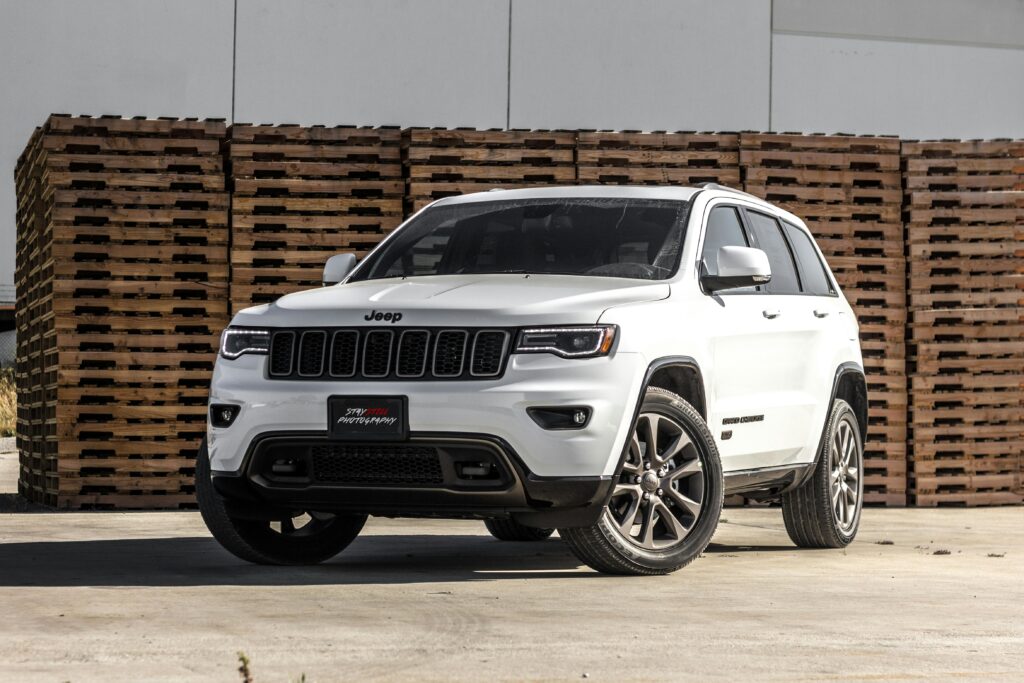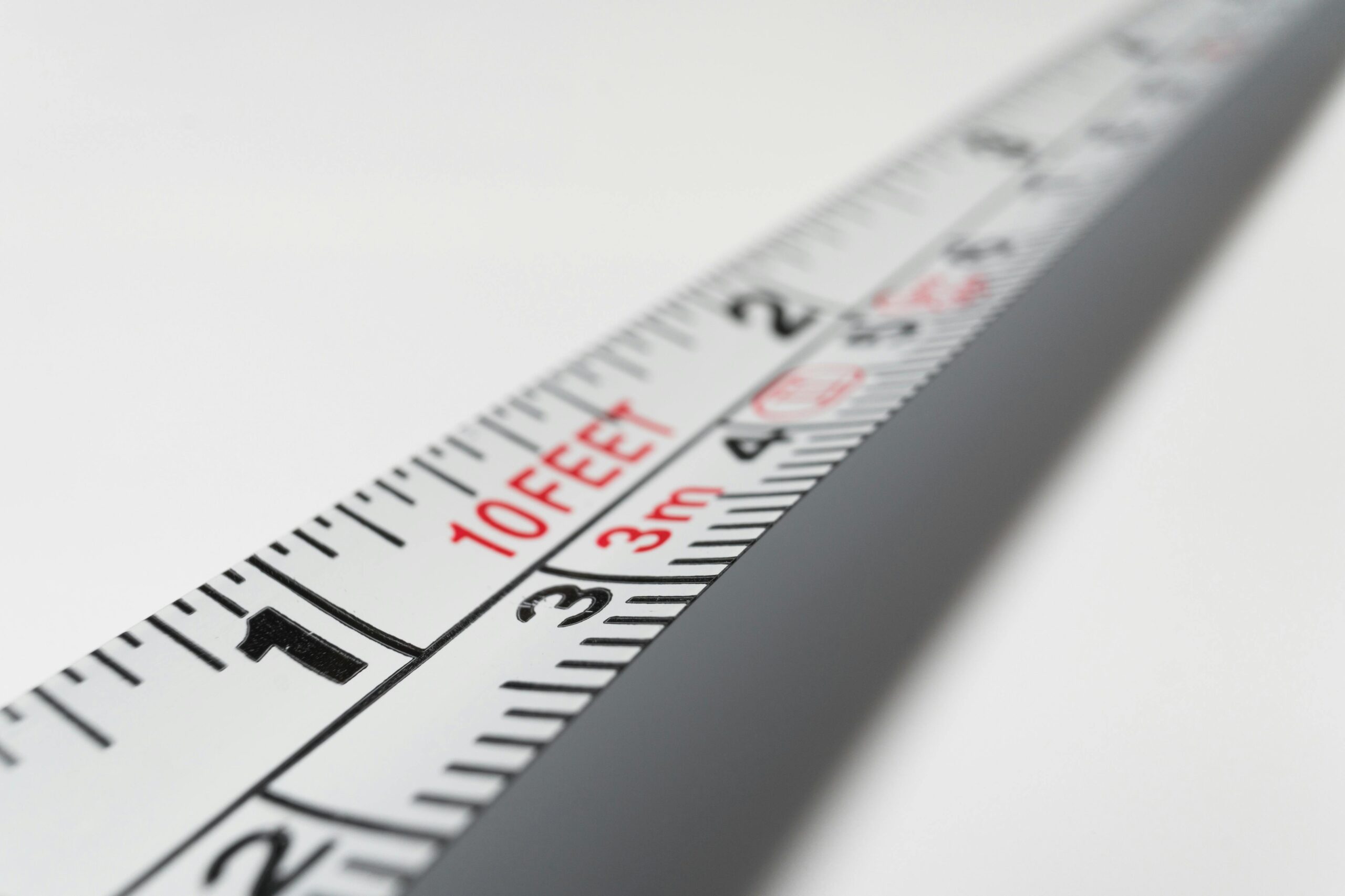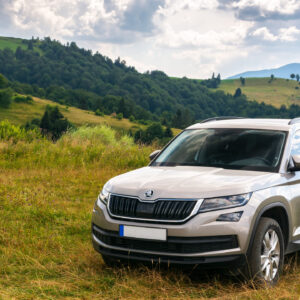Are you considering purchasing a caravan but unsure of its dimensions? Finding the right size can make or break your camping or road trip experience. In this article, we will explore the question, “How wide is a caravan?” and provide you with the essential information you need to know.
How Wide is a Caravan? Understanding Caravan Dimensions
Caravans come in various sizes, and their width can differ significantly depending on the model and make. However, it’s important to keep in mind that the width of a caravan is typically wider than the average car. While some caravans might be relatively narrow and compact, others can be quite spacious, accommodating larger families or groups of travelers.
The width of a caravan is an important factor to consider when choosing the right one for your needs. A narrower caravan may be easier to tow and manoeuvre on the road, but it may also limit the available living space inside. On the other hand, a wider caravan can provide more comfort and convenience while stationary, but it may pose challenges when it comes to towing and navigating through narrow roads or tight spaces.
Caravan Width Standards and Regulations
When it comes to caravan dimensions, there are certain standards and regulations in place to ensure safety on the road. In many countries, including the United States and Europe, there are maximum width limits for caravans that can be towed without special permits. These limits typically range between 2.3 to 2.55 meters (7.5 to 8.4 feet) for standard caravans.
It’s important to familiarise yourself with the width regulations in your country or region before purchasing a caravan. Exceeding the maximum width limit can result in legal consequences and may also affect your ability to tow the caravan on certain roads or through narrow spaces.
Different Types of Caravans and Their Widths
Caravans come in various shapes and sizes, and their width can vary depending on the type and design. Let’s take a look at some of the different types of caravans and their typical widths:
- Small Compact Caravans: These caravans are designed for solo travelers or couples who prioritize mobility and ease of towing. They are usually narrower, ranging from 1.8 to 2.2 meters (5.9 to 7.2 feet) in width. Despite their smaller size, they can still provide comfortable living space, including sleeping quarters, a kitchenette, and a compact bathroom.
- Standard Caravans: Standard caravans are the most common type and cater to a wide range of travelers. They typically have a width ranging from 2.2 to 2.5 meters (7.2 to 8.2 feet). These caravans offer a good balance between maneuverability and living space, making them suitable for small families or small groups of friends.
- Wide Caravans: Wide caravans, also known as “wide body” or “extra-wide” caravans, are designed for those who prioritize spaciousness and comfort. They usually have a width exceeding 2.5 meters (8.2 feet), with some models reaching up to 3 meters (9.8 feet) or more. These caravans provide ample living space, including larger bedrooms, dining areas, and bathrooms. However, their wider dimensions may require additional caution and expertise when towing and maneuvering.
Factors to Consider When Choosing a Caravan Width
Choosing the right width for your caravan involves considering various factors and balancing your specific needs. Here are some important factors to keep in mind:
Towing Vehicle:

The width of your towing vehicle can influence the choice of caravan width. Ensure that your towing vehicle is capable of safely towing a caravan of your desired width. Consider factors such as weight distribution, stability, and legal requirements.
Road and Campsite Accessibility: Consider the roads and campsites you plan to visit. Narrow roads or tight spaces may pose challenges for wider caravans, requiring advanced driving skills and manoeuvring techniques. If you plan to visit remote or less accessible locations, a narrower caravan might be more practical.
Living Space Requirements: Evaluate your living space requirements based on the number of travelers and their preferences. If you have a larger family or plan to spend extended periods inside the caravan, a wider caravan can provide more comfort and convenience.
Budget and Affordability: Caravan prices can vary based on their width and features. Consider your budget and prioritize your needs when choosing the right width. Remember that wider caravans often come with a higher price tag.
Popular Caravan Widths in the Market
The market offers a wide range of caravan widths to suit different preferences and needs. Here are some popular caravan widths you can find:
- 2.3 meters (7.5 feet): This width is commonly seen in smaller compact caravans or lightweight models. It offers a good balance between mobility and living space, making it suitable for solo travelers or couples.
- 2.5 meters (8.2 feet): This width is the standard for many caravans and is widely available in the market. It provides a comfortable living space for small families or groups of friends, without compromising on maneuverability.
- 2.7 meters (8.9 feet) and above: Caravans with widths exceeding 2.7 meters (8.9 feet) are considered wider or “wide body” models. These caravans offer spacious interiors and are ideal for those who prioritize comfort and luxury while on the road.
Pros and Cons of Wide Caravans
Wide caravans offer several advantages but also have some drawbacks. Let’s explore the pros and cons of choosing a wider caravan:
Pros:
- Spacious Living: Wide caravans provide ample living space, making them suitable for larger families or travellers who appreciate a roomy interior.
- Comfort and Convenience: The extra width allows for more comfortable sleeping quarters, larger dining areas, and more spacious bathrooms, enhancing the overall camping experience.
- Storage Capacity: Wider caravans often come with additional storage space, allowing you to carry more essentials and equipment for your adventures.
Cons:
- Towing Challenges: Wide caravans can be more challenging to tow, especially for those with less experience. They require careful maneuvering and may limit access to certain roads or campsites.
- Fuel Efficiency: Due to their larger surface area, wider caravans may have slightly reduced fuel efficiency compared to narrower models. This should be considered when planning long-distance trips.
- Higher Cost: Wider caravans are often more expensive than their narrower counterparts due to the increased materials and construction required to accommodate the extra width.
Pros and Cons of Narrow Caravans
Narrow caravans also have their advantages and disadvantages. Let’s take a closer look:
Pros:
- Ease of Towing: Narrow caravans are generally easier to tow, especially for those with limited towing experience. They offer better maneuverability, making it easier to navigate narrow roads and tight spaces.
- Fuel Efficiency: Narrow caravans have a smaller surface area, resulting in improved fuel efficiency. This can be advantageous for long-distance travelers concerned about their carbon footprint and fuel costs.
- Lower Cost: Narrower caravans tend to be more affordable than wider models, making them a suitable choice for budget-conscious buyers.
Cons:
- Limited Living Space: The narrow width of these caravans can result in a slightly cramped interior. If you prioritize spaciousness and comfort, a narrow caravan may not be the best option.
- Less Storage Capacity: Narrow caravans often have less storage space compared to wider models. This may limit your ability to carry all the necessary equipment and belongings for your trip.
- Less Livable: If you plan to spend extensive time inside the caravan, a narrow model may feel less comfortable and restrict your ability to move around freely.
Tips for Towing and Maneuvering Wide Caravans
If you choose a wide caravan, there are several tips and techniques you can employ to ensure safe and smooth towing and maneuvering:
- Practice Makes Perfect: Before hitting the road, take some time to practice towing, manoeuvring and reversing your wide caravan in a controlled environment. This will help you become familiar with its dimensions and handling characteristics.
- Be Mindful of Width Restrictions: Research the roads and campsites you plan to visit to ensure they can accommodate the width of your caravan. Avoid narrow or restricted areas that may pose challenges or legal issues.
- Use Mirrors and Cameras: Invest in high-quality towing mirrors and consider installing a rearview camera system to enhance your visibility and awareness while towing.
- Drive Slow and Steady: Take your time on the road and maintain a safe and steady speed. Wide caravans can be more susceptible to wind resistance and sway, so it’s important to drive cautiously.
- Get Professional Assistance: If you’re new to towing or feel uncertain about handling a wide caravan, consider enrolling in a towing course or seeking professional assistance. An experienced instructor can provide valuable guidance and tips specific to your caravan and towing setup.
Conclusion and Final Thoughts
Choosing the right width for your caravan is crucial for ensuring maximum comfort and convenience during your road trips and camping adventures. Consider factors such as towing capabilities, road accessibility, living space requirements, and budget when making your decision.
Remember that there is no one-size-fits-all solution when it comes to caravan widths. Each traveler’s preferences and needs may vary, so it’s important to carefully evaluate your options and prioritize what matters most to you.
By understanding the dimensions, regulations, and factors involved in choosing a caravan width, you’ll be well-equipped to make an informed decision and embark on unforgettable adventures on the road. Happy travels!



